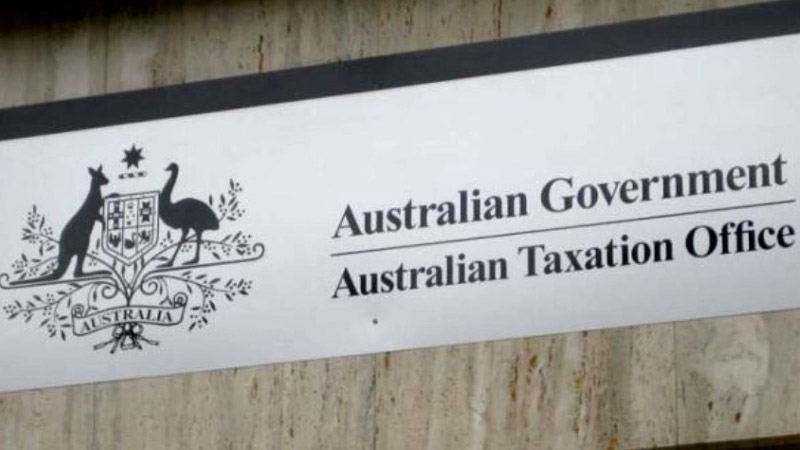ATO rates itself a ‘good’ regulator despite fall in key metrics
The Tax Office says its performance as a regulator remains “good” in all areas despite a blowout in private ruling times and objection resolution times.
In its annual self-assessment report for 2018–19, the ATO has reported its performance as “good” over its six key performance indicators.
This rating is the same as the 2017–18 report, where the ATO rated itself as a “good” regulator despite significant declines in community perception through survey-based metrics.
The “good” rating is the middle-tiered rating out of “excellent”, “very good”, “satisfactory” and “requires development”.
The assessment listed positive results for 14 of the ATO-specific metrics with, four showing a decline, six new metrics for 2018–19 and 11 based on activities (where trend in the metrics does not accurately reflect performance).
Of the 15 outcome-based metrics, which the ATO calls their “true measures of performance”, two saw significant declines.
The average time it took for the ATO to finalise private rulings and resolve objections both increased significantly compared to the previous report.
The time it took for the ATO to resolve objections took an average of 76 days in the 2018–19 reporting period, up by 17 per cent on the previous corresponding period.
The ATO said this was primarily attributable to a 32 per cent increase in the number of objections it had on hand.
Although the increase was partially offset by an increase in the number of objections resolved, the ATO said it received more objections than it resolved which led to delays in the resolution of objections.
In the report, the ATO said it has “taken steps to mitigate the rising stock and cycle times” through implementing a redesigned triage and prioritisation processes and allocating additional resources in some branches.
“We are moving to measure cycle times by reference to priority and distinguish between objection types,” the report said.
Additionally, private rulings took an average of 14 days longer at 76 days, which is an increase of more than 20 per cent.
The ATO said this was due to the increasingly complex nature of private ruling applications which places upward pressure on the time taken to provide rulings.
It also said a number of “substantially aged” cases were closed throughout the year, which pushed the average number up; 78 cases were resolved in 2018–19 with an elapsed time greater than 365 days.
Even with those outliers removed, however, the average elapsed time was 69 days which is still an increase of more than 10 per cent.
Overall, the majority of the ATO’s outcome-based metrics remained stable, meaning the regulator met its performance targets for the 2018–19 period.
Changing metrics
This year’s report also saw the ATO shift the focus of its survey-based metrics towards measuring community confidence, which included a change in how survey data was collected and reported.
Instead of measuring only positive responses to questions to determine a “net agree” percentage, the approach converted responses to an index score out of 100.
According to the report, this “allows for a more granular assessment” that “reflects the difference in response between a neutral response and a strongly negative response”.
The changes in focus for the survey metrics meant it was not possible to compare the results of most responses to previous years.
Where it was possible to draw comparisons, the ATO saw a decline in community perceptions in some areas.
Most notably was the decline in perceptions of fairness in disputes, with 49 per cent of people agreeing the process was fair, down from 54 per cent, and 57 per cent of people believing the ATO’s final decision in disputes was fair, down from 65 per cent.
The report said the declines were consistent with external trends of reduced trust in large institutions identified through data such as the Edelman Trust Barometer, but the ATO does also recognise there is a “very close correlation between perceptions of fairness and [their] timeliness”.
For the year ahead, the ATO said it would continue its focus on client and community feedback, and identifying where it can improve as part of the “Better as Usual” work program announced in August last year.








